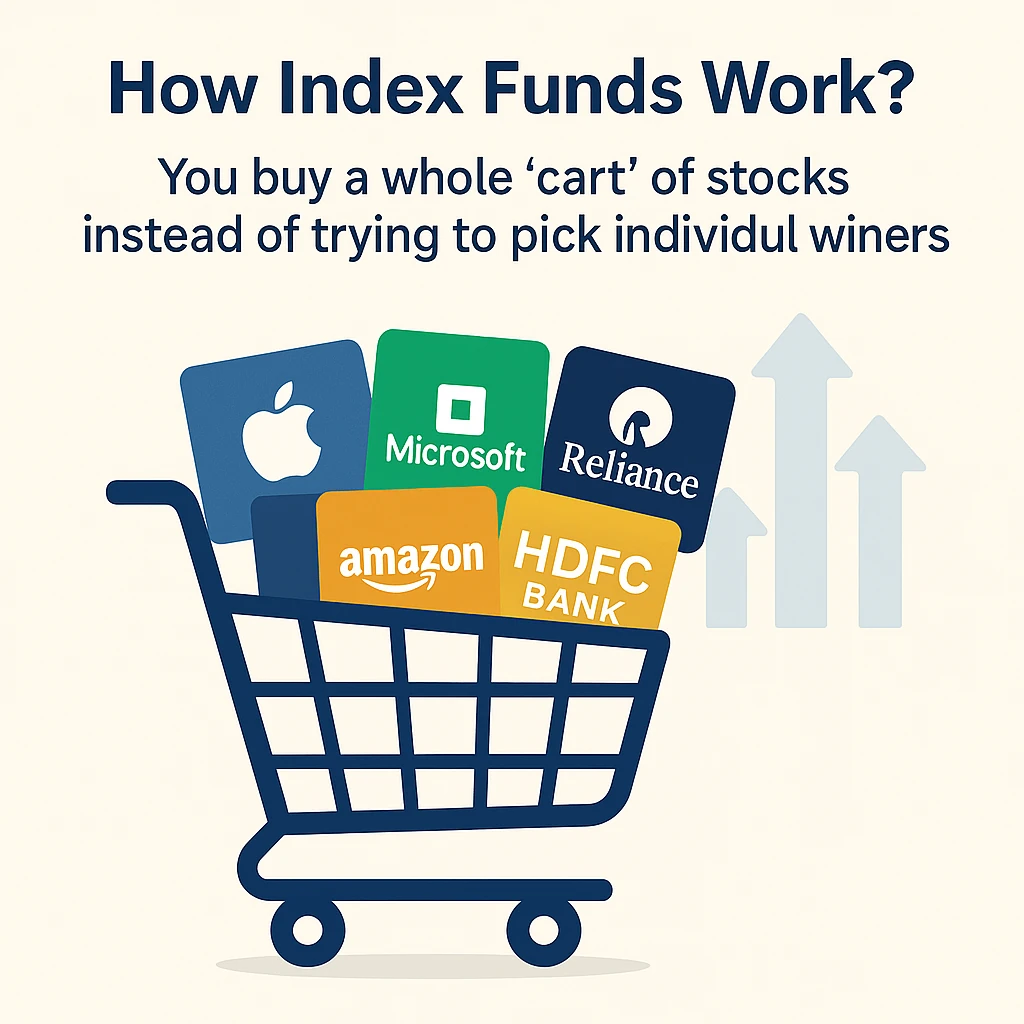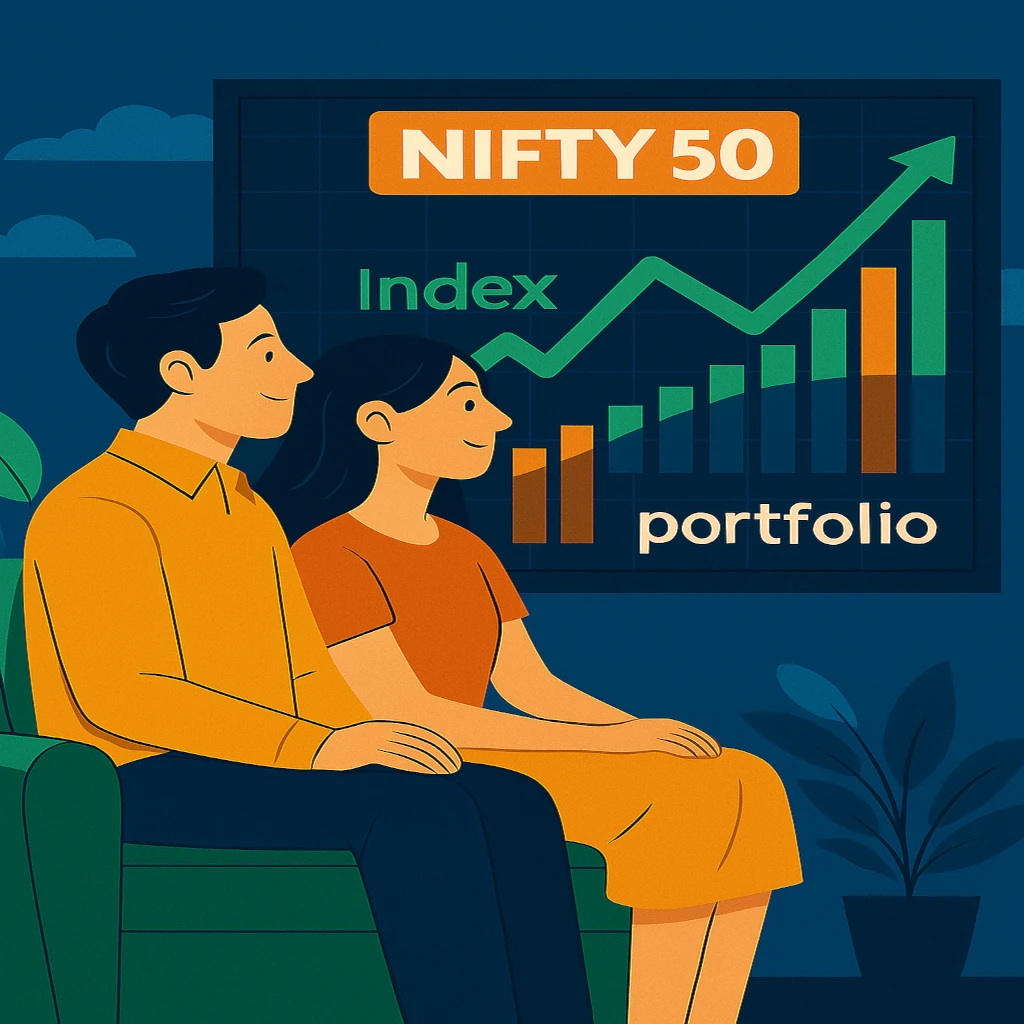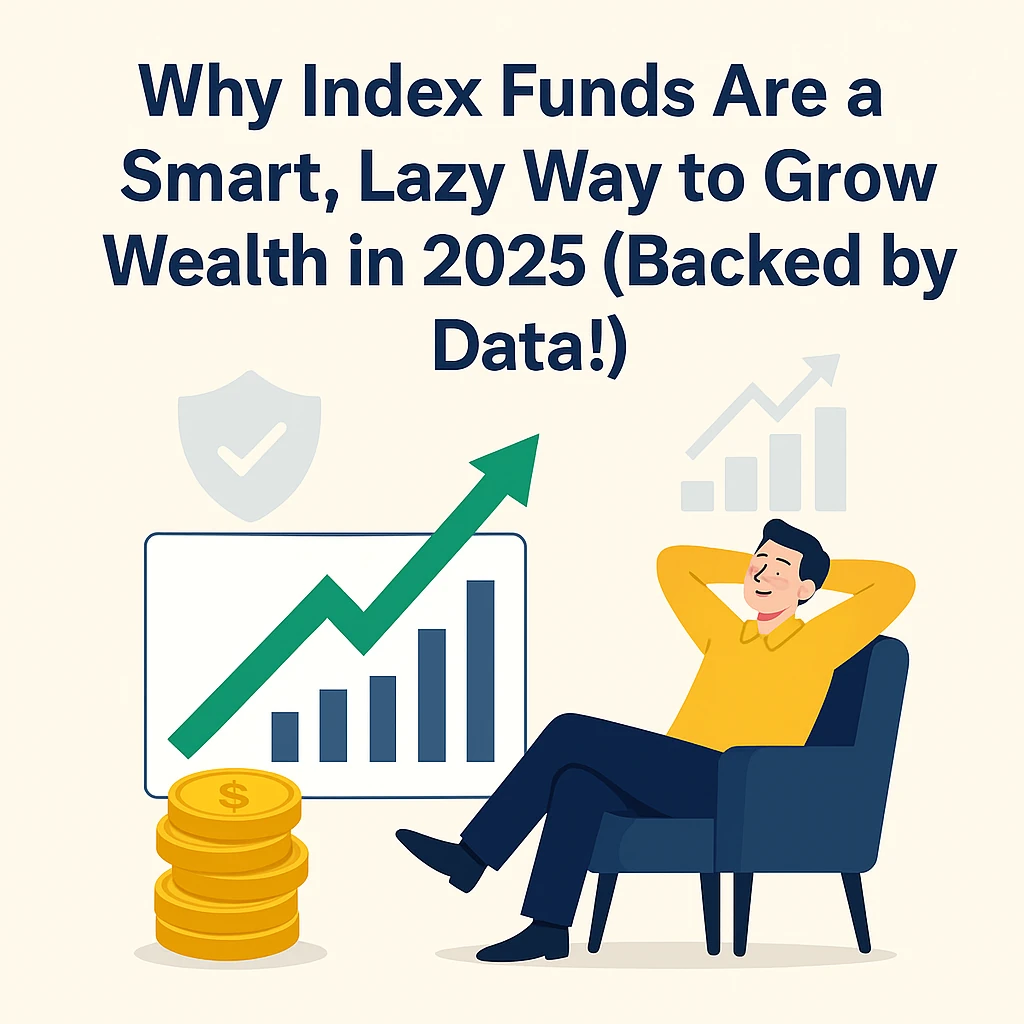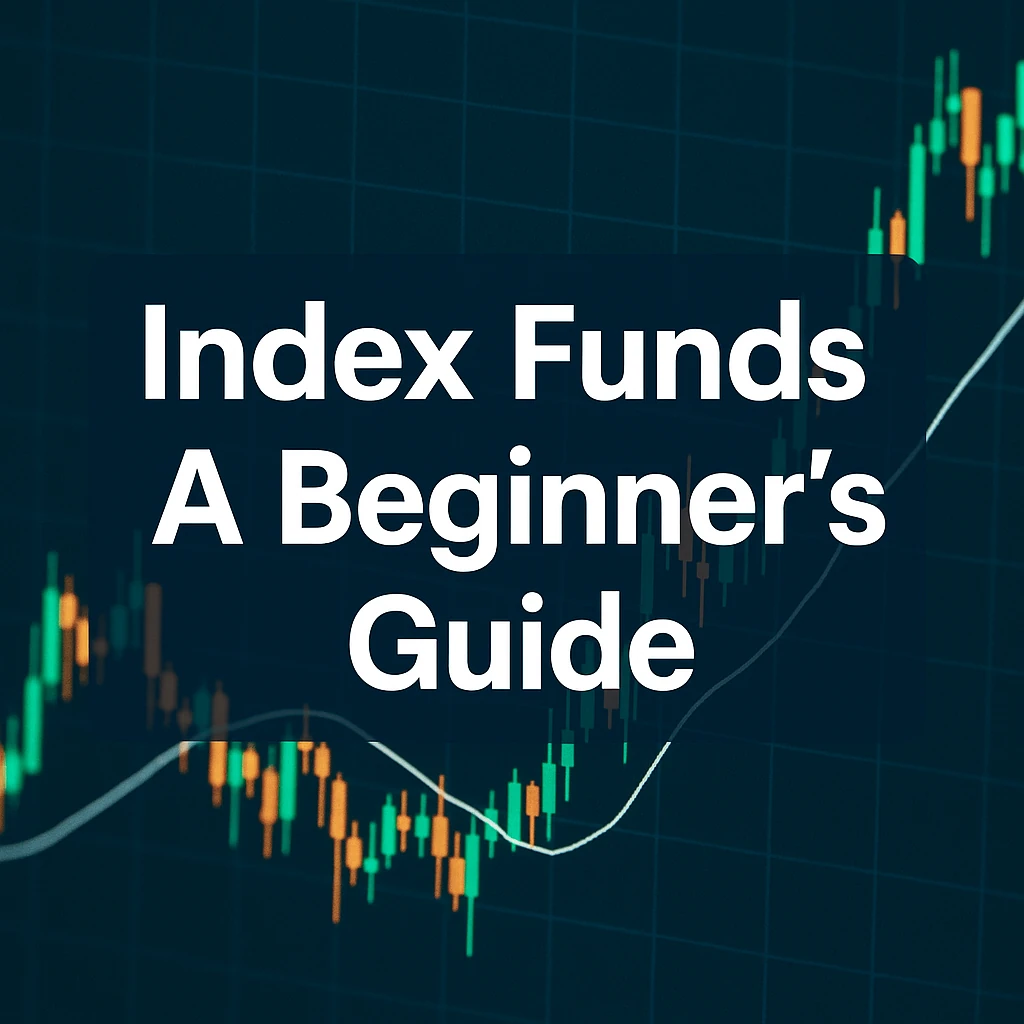Introduction: Simplicity That Wins
In 1976, John C. Bogle, the founder of Vanguard group, pitched a humble idea that then sounded abysmal: buy the whole market and do nothing!
The finance experts of the wall street choked on their martinis at the absurdity. “Bogle’s Folly,” they sneered, like he’d shown up to a poker game and folded every hand.
But Bogle persisted. He launched the first index fund, the Vanguard 500 Index Fund, which simply tracked and copied the American stock market index–S&P 500.
No stock picking or company analysis, no market timing or reading charts, just a low-cost minimal effort way to invest in America’s largest companies. The idea was so simple, it was borderline radical–and yet it turned out to be brilliant!
In a world obsessed with hot stock tips, complex trading strategies, and high-frequency speculation, this simple technique of "index-investing" still consistently outperforms most others over time.
As we will see later in the article, index funds consistently beat nearly 90% of active funds over the long term, many of them managed by even highly experienced professionals.
This is why even legendary investors like Warren Buffett advocates that for everyday investors across the world, investing in an index can offer a hands-off yet highly effective way to build long-term wealth.
The reason why this works and even beat most professionals is actually logical, here is a simple quote by Warren Buffett that explains if you can get the gist of it:
"Buy a cross section of American industry, and if a cross section of American industry doesn't work, certainly trying to pick the little beauties here and there isn't going to work either." — Warren Buffett
But what exactly are index funds, why do they work so well, and how can you use them to grow your wealth? Let's break it down.
What Are Index Funds?
An index fund is a type of mutual fund or exchange-traded fund (ETF) that has a single, passive objective: to buy and hold all the stocks on a specific index, in the same proportion as the index itself.
There can be many types of indices:
- In US, the S&P 500 comprises of 500 of the largest US companies.
- Similarily in India, the Nifty-50 index covers 50 of India’s largest companies across diverse sectors.
- There are also indices for total markets, specific sectors like energy or IT, midcaps, smallcaps, and more.
As such, there are several index funds available in different markets corresponding to these indices. You can invest in any of them to get exposure to the entire companies in that index.
For example, if you invest in a Nifty 50 index fund, it will automatically buy and hold stocks of all 50 companies in the Nifty 50 index, in the same proportions as they are present in the Nifty index itself.
So if the HDFC Bank, one of the few companies that has consistenly been a part of Nifty 50 index since its conception, makes up 8.9% of Nifty 50, buying a Nifty 50 index fund means 8.9% of your money is buying HDFC Bank stocks.
By default, the fund automatically manages these proportions for you. So if tomorrow, if some new company is part of Nifty 50 or the proportion of HDFC Bank changes from 8.9% to say 7%, the fund automatically adjusts your holdings to match the new index composition, you don't need to do anything from your end.
As you can see, investing in an index is like shopping a cart full of quality companies with proven track record from diverse sectors.
Plus this method removes any human guesswork, reduces costs that you pay to mutual fund managers to analyse companies on your behalf, and there is no need to actively shuffle or monitor the performance of the companies in your portfolio.

Why Index Funds Work So Well
- Ultra-Low Costs: Index funds have much lower expense ratios (less than even 0.5%!) compared to actively managed funds (often 1.5-2% or more). Over decades, this "small" difference can mean lakhs or crores in extra returns.
- Consistent Outperformance: Most actively managed funds fail to beat their benchmark indices over time. According to the SPIVA (S&P Indices VS Active) report, 93% of US large-cap active funds and nearly 88% of Indian large-cap funds underperformed their respective benchmarks (S&P 500 or Nifty 50) over the last decade.
- Automatic Diversification: Your money is spread across dozens or hundreds of companies, sectors, and industries—reducing the risk of betting on any single stock.
- Simplicity and Peace of Mind: No need to track news, time the market, or analyze financial statements. Set up a regular investment (SIP), and let the market do the work.
As you can see from the above point number 2, the outperformance of index funds is not only logical but also backed by data. The data consistently shows that if you pick an active fund at random, you have roughly a 9-in-10 chance of underperforming a simple, low-cost index fund over the long term.

How to Start Investing in Index Funds
- Choose Your Market: US (S&P 500, Total Market, Nasdaq-100); India (Nifty 50, Nifty Next 50, Sensex) etc.
-
Pick a Fund or ETF, for example:
- US: Vanguard 500 Index Fund (VFIAX), SPDR S&P 500 ETF (SPY), iShares Core S&P 500 (IVV)
- India: HDFC Nifty 50 Index Fund, UTI Nifty Index Fund, Nippon India ETF Nifty BeES
- Automate Your Investments: Use SIP (Systematic Investment Plan) or recurring investments for discipline.
- Stay the Course: Ignore market noise and stick to your plan for the long term.
What is the difference between an Index Fund vs ETF?
- Index Mutual Funds: Bought/sold through fund houses at NAV (price set once daily).
- ETFs (Exchange-Traded Funds): Traded like stocks during market hours on an exchange.
In India, ETF adoption is growing rapidly. In the US, ETFs are the dominant choice for flexibility and cost.
Limitations and Considerations
While index funds are a powerful tool, they offer simplicity yet excellent returns to even beginners, there are still some drawbacks and limitations. Here are some key considerations:
- No Outperformance: By definition, an index fund will never beat itself (though you are still going to be even with it). You are explicitly giving up the chance of finding the next Amazon or Infosys early and earning spectacular returns.
- No Downside Protection: When the market crashes, your index fund will crash with it. An active manager could theoretically move to cash or defensive stocks to cushion the blow (though the SPIVA data shows they rarely succeed at this consistently). With an index fund, you must be prepared to ride out the downturns.
- You Own Everything: That means great companies, but also average companies, and even overpriced or declining companies that are in the index. You have no ability to screen for quality, value, or ethical considerations.
- Not for Short-Term Speculators: Index funds are powerful for invest-and-forget type of investors. If you are looking for quick trades or short-term gains, index funds are not the right tool. They are designed for long-term wealth building, not day trading or market timing.
Conclusion: The Smart Path for Most Investors
When John Bogle sparked the idea of Index Fund in 1976, he was ridiculed. Today index funds are like a philosophy that embodies the wisdom to accept what the data shows: beating the market is exceedingly hard, but harnessing its overall growth is still simple and powerful.
They are like the Jack of all trades and master of none. Still, sometimes being a Jack is still better and sufficient.
For the vast majority of investors, choosing a low-cost, broad-market index fund is not settling for average—it's making a statistically superior, disciplined, and stress-free choice that lets you build wealth while avoiding costly mistakes.
Whether you are in Mumbai or Manhattan, index funds can be the cornerstone of your financial freedom. The revolution may be quiet, but its results and effectiveness speak volumes.
Happy investing!


Comments